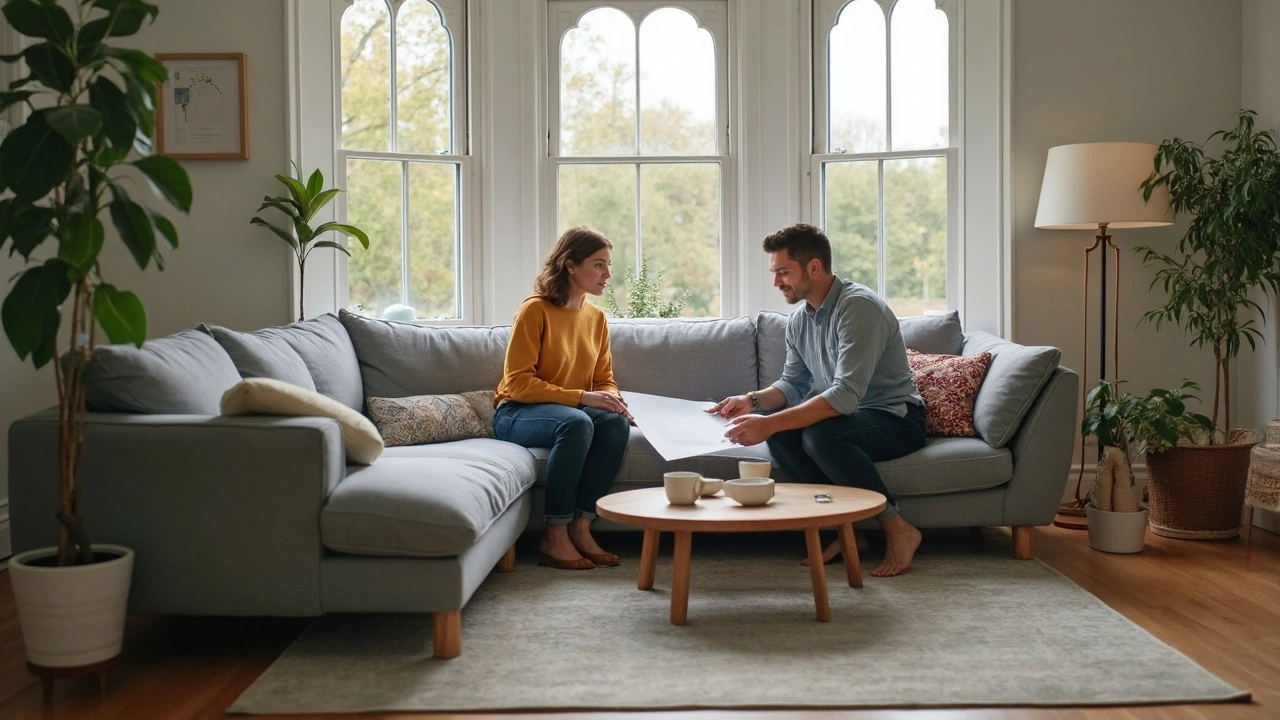Disadvantages of Common Furniture Choices You Should Know
Everyone wants a stylish home, but not every trendy piece is a good fit. That’s why spotting the downsides before you buy can save you time, money, and headaches. Below we break down the most common drawbacks you’ll see in today’s furniture market.
Couch Placement and Layout Issues
Putting a sofa straight against a wall looks neat, but it can box you in. When the couch hugs the wall, you lose a natural traffic flow and make the room feel tighter. You also miss out on the chance to create a cozy conversation zone that works from multiple angles. If you love to rearrange or want space for pets, a floating sofa on a rug often works better.
Corner sofas have a reputation for saving space, yet they can dominate a room and make it hard to add other seating. A left‑hand facing corner sofa, for example, forces you to rotate the whole layout if you ever want a different look. The shape can also limit where you place side tables or lamps.
Sofa beds are a great space‑saver, but many people forget the comfort trade‑off. Without a proper mattress, the pull‑out section can feel lumpy, and sitting on it for long periods may lead to back pain. Adding a quality mattress topper can help, but it adds cost and reduces the sleek look.
Material and Storage Pitfalls
Acrylic coffee tables look modern and clear, but they have a hidden flaw: yellowing over time. Sunlight, heat, and certain cleaners can turn the surface amber, ruining the clean look you paid for. Regular gentle cleaning and keeping the table out of direct sun are the only ways to slow the process.
Glass tops share the same issue of visible scratches. A stray stone or a dropped dish can leave a mark that’s hard to polish out. If you’re prone to accidents, an acrylic or wooden top may be a safer bet.
Wrapping furniture in plastic for storage sounds smart, but it can trap moisture. That moisture encourages mold, warping, and a musty smell that’s tough to remove. Instead, use breathable covers and keep the pieces in a dry, temperature‑controlled space.
Cheap couches often cut corners on frame material. A lower‑grade particle board or thin metal can creak, sag, or break after a few years. Investing a bit more in solid wood frames or reinforced joints pays off in longevity and fewer replacement costs.
When it comes to TV stands, many buyers think bigger is better. However, a stand larger than the TV can look bulky and make the room feel cramped. Choose a stand that’s just a few inches wider than the screen for a balanced look.
Open shelving in kitchens looks airy, but it can collect dust quickly and reveal clutter. If you’re not a neat‑freak, closed cabinets might keep the space looking tidy without extra effort.
Understanding these disadvantages helps you pick pieces that match your lifestyle, not just your Instagram feed. Take a moment to weigh the pros and cons before you click ‘add to cart.’
Corner Sofa Downsides: What You Need to Know Before Buying
Corner sofas look cool and fit perfectly in modern homes, but it’s not all smooth sailing with these big pieces of furniture. This article digs into the real-world problems you might face if you buy a corner sofa. You'll learn about space concerns, moving hassles, everyday comfort issues, and care tips. We share true-to-life advice to help you decide if a corner sofa is the right choice for your living room. Get real answers before parting with your cash.
View more